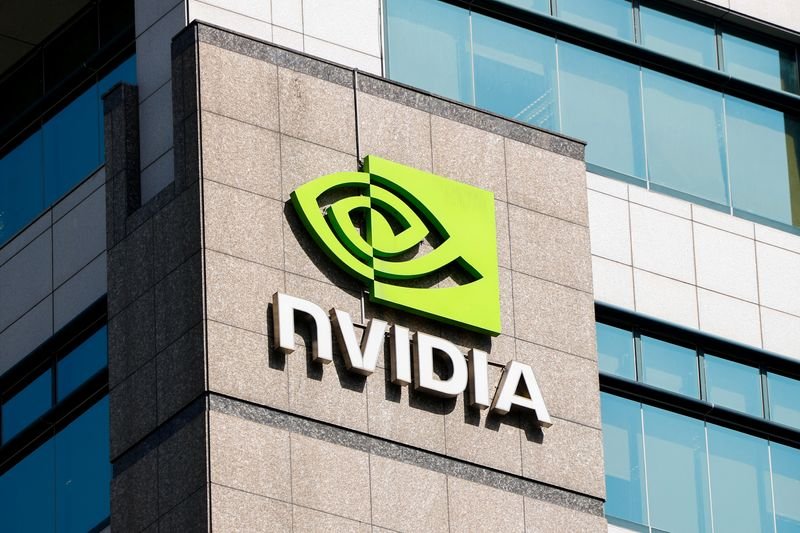Nvidia Achieves $4 Trillion Market Capitalization
Nvidia, a prominent player in the semiconductor industry, has recently made headlines by reaching a market capitalization of $4 trillion. This milestone reflects its significant growth and influence in technology sectors, particularly in artificial intelligence (AI) and gaming. Below, we explore the journey, strategies, and implications of Nvidia’s soaring valuation.
The Growth Trajectory of Nvidia
Since its inception in 1993, Nvidia has evolved from a graphics processing unit (GPU) designer to a leader in AI technology. The company gained prominence with its advanced gaming graphics cards, but its strategy has increasingly shifted toward AI applications. This shift has allowed Nvidia to tap into new markets, greatly enhancing its revenue and market presence.
Key Innovations Driving Success
Nvidia’s success can be attributed to several key innovations. The introduction of the Ampere architecture was pivotal. This architecture not only increased the performance of gaming GPUs but also positioned Nvidia as a critical player in AI and machine learning. With products like the A100 Tensor Core GPU, Nvidia has established itself as the go-to provider for data centers and cloud computing.
Dominance in Artificial Intelligence
AI is currently transforming numerous industries, and Nvidia’s technology is at the forefront of this revolution. The company’s GPUs are specifically designed to handle the complex calculations required for AI tasks. As businesses increasingly adopt AI solutions, Nvidia is well-positioned to meet the growing demand.
Expansion into Data Center Solutions
Nvidia’s expansion into data centers has been a game-changer. By offering comprehensive solutions that include hardware and software, the company has solidified its standing in the cloud computing market. The demand for efficient data processing has skyrocketed, and Nvidia’s products have become essential. Their ability to deliver cutting-edge performance in these settings has attracted significant investment.
Strategic Partnerships and Acquisitions
Nvidia has been proactive in forming strategic partnerships and making acquisitions that enhance its technological capabilities. Collaborations with major technology firms and startups alike have expanded its product offerings and market reach. These alliances often yield innovations that keep Nvidia ahead of competitors.
Addressing Competition
As Nvidia’s market cap rises, so does the competition. Other tech companies are also investing in AI and GPU technology. However, Nvidia’s early investments and current innovations provide the company with a substantial advantage. By continuously improving its technology and expanding its footprint, Nvidia aims to maintain its leadership position.
Financial Performance and Market Sentiment
Nvidia’s robust financial performance has garnered the attention of investors. The company’s growing revenues and profit margins reflect its strategic investments and leadership in the AI sector. Investor confidence has led to a surge in shares, contributing to the remarkable market cap achievement.
The Implications of a $4 Trillion Valuation
Reaching a $4 trillion market capitalization signals not only Nvidia’s success but also highlights larger trends within the technology sector. This milestone suggests a shift in how markets value technology companies, especially those involved in transformative sectors like AI and machine learning. As Nvidia continues to innovate, its impact on the tech ecosystem will likely deepen.
Conclusion
Nvidia’s rise to a $4 trillion market cap underscores its pivotal role in the semiconductor and technology landscapes. With strong fundamentals, innovative solutions, and a forward-thinking approach, Nvidia is set to maintain its status as an industry leader in the years to come.
